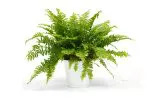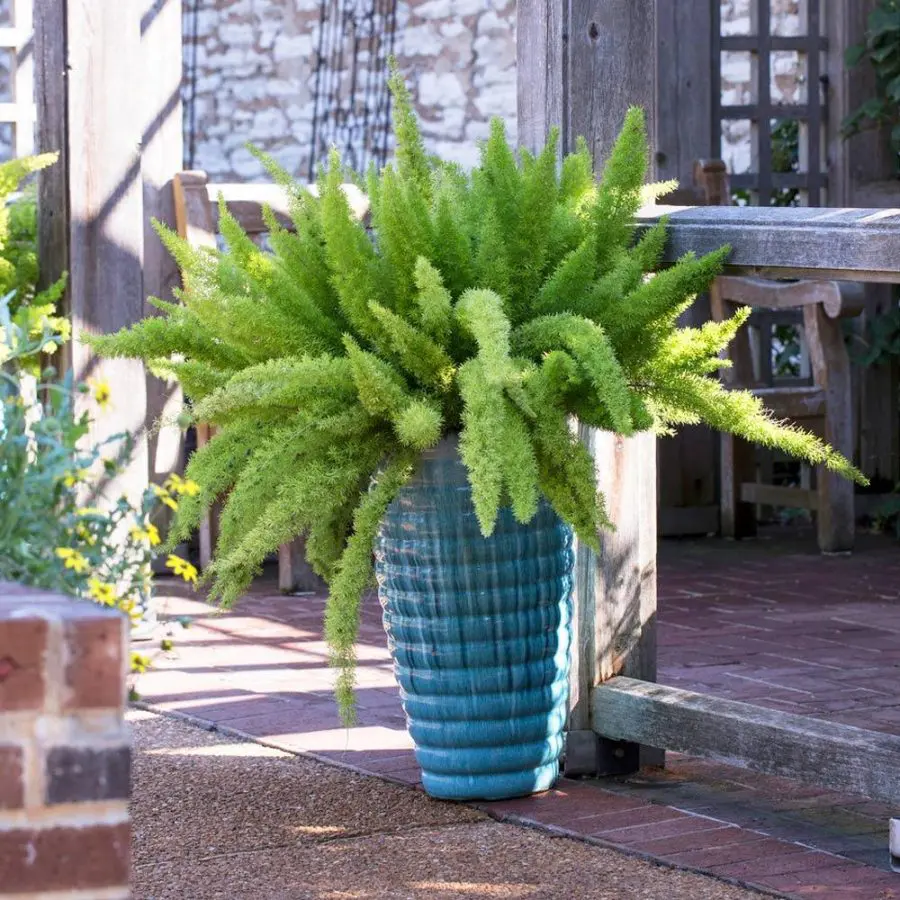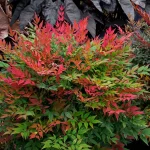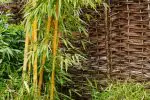This post contains affiliate links. If you buy something from one of our links we may earn a commission. Thanks
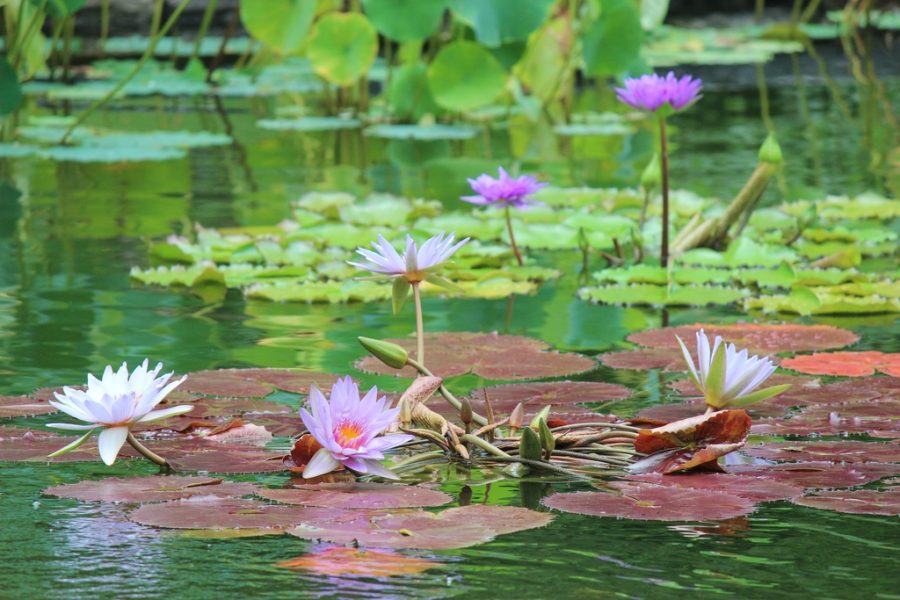
Looking for beautiful plants to decorate your pond without sacrificing them to your Koi? Discover our top picks for Plants Koi Won’t Eat and enjoy a stunning aquatic landscape!
Plants Koi won’t eat include water lettuce, water poppy, and eelgrass. These plants are not only safe from koi nibbling but also beneficial for the pond ecosystem. They provide shade, help in water filtration, and add aesthetic value to your pond.
Are you tired of your Koi gobbling up all your pond plants? Fear not! We’ve got you covered with 7 Easy Plants Koi Won’t Eat. These stunning foliage options will keep your pond looking beautiful without sacrificing your plants to your finned friends. Let’s dive in!
Planting plants koi won’t eat in a koi pond can be a great way to improve the aesthetics of your pond and provide some shelter and shade for your fish.
There are a few things you need to take into consideration before planting any plants in your koi pond, however.
In this blog post, we will discuss the best plants to plant in a koi pond, as well as how to go about planting them!
Planting Plants In A Koi Pond
Koi fish view plants as food and something to play with. So you can’t just drop a plant into a koi pond and expect it to survive.
There are some plants that koi won’t eat and there are some ways to protect your pond plants from these brightly colored finned marauders.
Most Japanese water gardens have very few plants actually in the water. Water Iris and Water Lotus are often found in these koi ponds. Spatterdock is a type of water lily that is also sometimes used.
These plants grow fast enough to outgrow nibbling and there are also ways to protect their roots from your koi.
Some of these plants can also be invasive so make sure they stay in your pond and don’t get into other water bodies.
How To Plant Pond Plants Without Soil
To plant pond plants without soil, you can use a planting basket or container filled with a substrate such as gravel or small rocks.
If you try to use pots with soil your koi will soon make a muddy mess as they root at the plant’s roots.
If the gravel is too small (like pea gravel) they will pick it out and leave it all over the bottom of your pond.
When planting the plants, make sure to leave enough space between them to allow for proper growth.
Here are the steps for planting pond plants without soil:
1. Fill a planting basket or container with a substrate such as gravel or small rocks.
2. Place the basket or container in the desired location in the pond.
3. Take the plants out of their pots and gently loosen the roots.
4. Place the plants in the basket or container, making sure to leave enough space between them for proper growth.
5. Cover the roots of the plants with the substrate, making sure to keep the crown of the plant above the substrate level.
6. Once the plants are planted, add water to the pond to bring the water level back up to its normal height.
7. Monitor the plants regularly and make sure they have enough water and sunlight. You may need to trim the plants as they grow to keep them from taking over the pond.
7 Plants Koi Won’t Eat
Koi are beautiful and voracious eaters, which means they will pretty much eat anything in their path. This includes plants!
If you’re planning on adding plants to your koi pond, there are a few things you need to take into consideration.
In this blog post, we will discuss 5 plants that koi won’t eat. By choosing these plants, you can create a beautiful and inviting space for your fish without having to worry about them eating the plants!
Water lilies
Water lily plants have thick, waxy leaves and blooms that koi are less likely to nibble on.
Check what depth your lilies need to be planted at because it can vary for different species.
Lotus
Like water lilies, lotus plants have thick leaves and flowers that koi are less likely to eat.
Lotus plants should not be planted more than 18 inches deep. Some dwarf varieties should be planted 6-12 inches deep.
Water Lettuce
Water lettuce is a great option for a plant that koi won’t eat. This plant grows quickly and provides shade and shelter for koi.
It is important to note that water lettuce does need shallow water to grow, so make sure you choose a spot in your pond that is shallow enough for this plant.
Water Hyacinth
Water hyacinth is another great plant for a koi pond. This plant grows quickly and provides shade and shelter for koi.
Water hyacinth does need shallow water to grow, so make sure you choose a spot in your pond that is shallow enough for this plant.
Water Clover
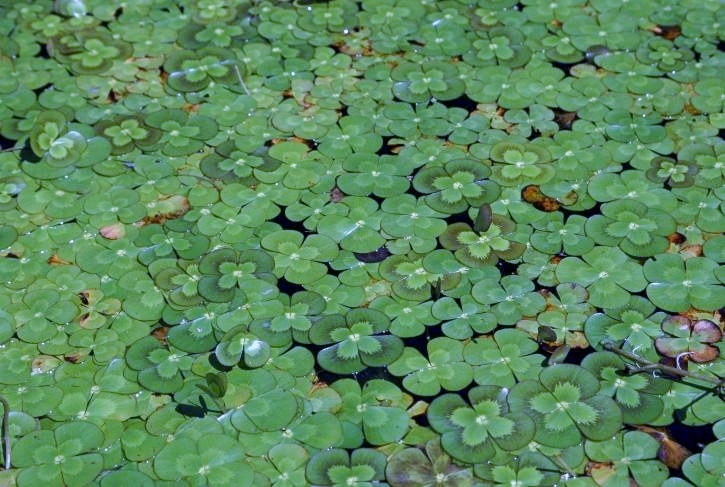
Water clover is a great plant for a koi pond. It is an oxygenating plant, which means it helps to improve the quality of the water in your pond.
Water clover does need shallow water to grow, so make sure you choose a spot in your pond that is shallow enough for this plant.
Hornwort
Hornwort is a great plant for a koi pond. It is an oxygenating plant, which means it helps to improve the quality of the water in your pond.
Hornwort needs deep water to grow, so make sure you choose a spot in your pond that is deep enough for this plant.
Anacharis
Anacharis is a great plant for a koi pond. It is an oxygenating plant, which means it helps to improve the quality of the water in your pond.
Anacharis does need deep water to grow, so make sure you choose a spot in your pond that is deep enough for this plant.
Plants Koi Won’t Eat FAQs
When it comes to maintaining a koi pond, one of the challenges is finding plants that these fish won’t devour.
Koi are known for their voracious appetites and can quickly decimate a pond’s plant life.
However, there are specific plants that koi generally avoid, and incorporating these into your pond can offer multiple benefits.
These plants not only survive koi nibbling but also contribute to the overall health and beauty of your pond.
Here are some frequently asked questions to guide you in making the best plant choices for your koi pond.
Q: What types of plants do koi generally avoid?
A: Koi generally avoid plants like water lettuce, water poppy, and eelgrass. These plants are either too tough for them to chew or simply not to their taste.
Q: How do plants benefit a koi pond?
A: Plants offer multiple benefits to a koi pond. They provide shade, which helps maintain water temperature, and they also act as natural filters, improving water quality.
Q: Are there any plants that can harm koi?
A: While most pond-friendly plants are safe, it’s essential to avoid toxic plants like oleander, which can be harmful to koi.
Q: How can I protect my pond plants from koi?
A: One way to protect your pond plants is by using plant protectors or cages. These create a barrier that prevents koi from reaching the plants, allowing them to grow undisturbed.
I hope this helps you in maintaining a beautiful and healthy koi pond!
Plants Koi Won’t Eat Final Thoughts
By choosing plants koi won’t eat, you can create a beautiful and inviting space for your fish. Read more about water gardening.
These plants will provide shade and shelter for koi, as well as improve the quality of the water in your pond.
Be sure to choose plants that are compatible with each other and that will thrive in the depth of water in your pond. By following these tips, you can successfully add plants to your koi pond.
Read more: Water Gardening for Beginners: 11 Tips For Successful Water Gardens







